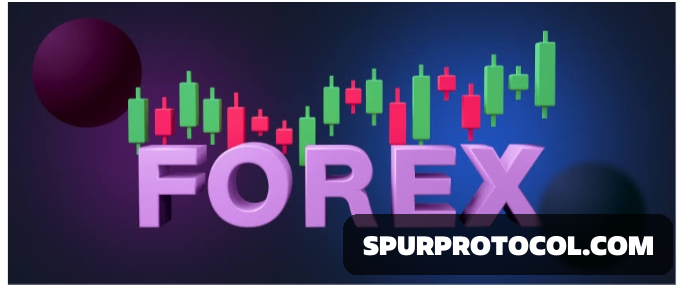What Is Forex Market And Advantages Of Forex Market
The forex market is open 24 hours a day, five days a week, except for holidays. The forex market is open on many holidays on which stock markets are closed, though the trading volume may be lower.
Go Back

🕒 5:38 AM
📅 Jan 26, 2025
✍️ By Raj38
What is Forex Market and how to trade in Forex
What is Forex Market?
The forex (foreign exchange) market is the world's most liquid financial market, enabling the trade in pairs of national fiat currencies, such as the U.S. dollar (USD), euro (EUR), Canadian dollar (CAD), Singapore dollar (SGD), Swedish krona (SEK), Japanese yen (JPY) and many more. Trades and positions on the forex market are all expressed in pairs of currencies (e.g., USD/EUR), with the first ticker called the base currency and the second one called the quote currency. A forex pair price indicates how much of the quote currency you need to pay to buy one unit of the base currency. For instance, a listing of USD/EUR 0.9 means that to buy one U.S. dollar, you'd need to pay 90 Euro cents.

Examples
Euro and U.S. dollar: EUR/USD
U.S. dollar and Japanese yen: USD/JPY
What is a forex pair?
A forex pair is a combination of two currencies that are traded against each other. There are hundreds of different combinations to choose from, but some of the most popular include the euro against the US dollar (EUR/USD), the US dollar against the Japanese yen (USD/JPY) and the British pound against the US dollar (GBP/USD).
What is a pip in forex?
A pip in forex is usually a one-digit movement in the fourth decimal place of a currency pair. So, if GBP/USD moves from $1.35361 to $1.35371, then it has moved a single pip. But, if you’re trading JPY crosses, a pip is a change at the second decimal place. A price movement at the fifth decimal place in forex trading is known as a pipette.
How Forex Differs From Other Markets
There are some major differences between the way the forex operates and other markets such as the U.S. stock market.
Key features of Forex Market

Full Access
There's no cut-off as to when you can and cannot trade. Because the market is open 24 hours a day, you can trade at any time of day. The exception is weekends, or when no global financial center is open due to a holiday.
Leverage
The forex market allows for leverage up to 1:50 in the U.S. and even higher in some parts of the world. That means a trader can open an account for $1,000 and buy or sell as much as $50,000 in currency. Leverage is a double-edged sword; it magnifies both profits and losses.
